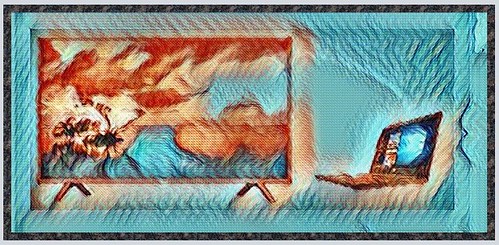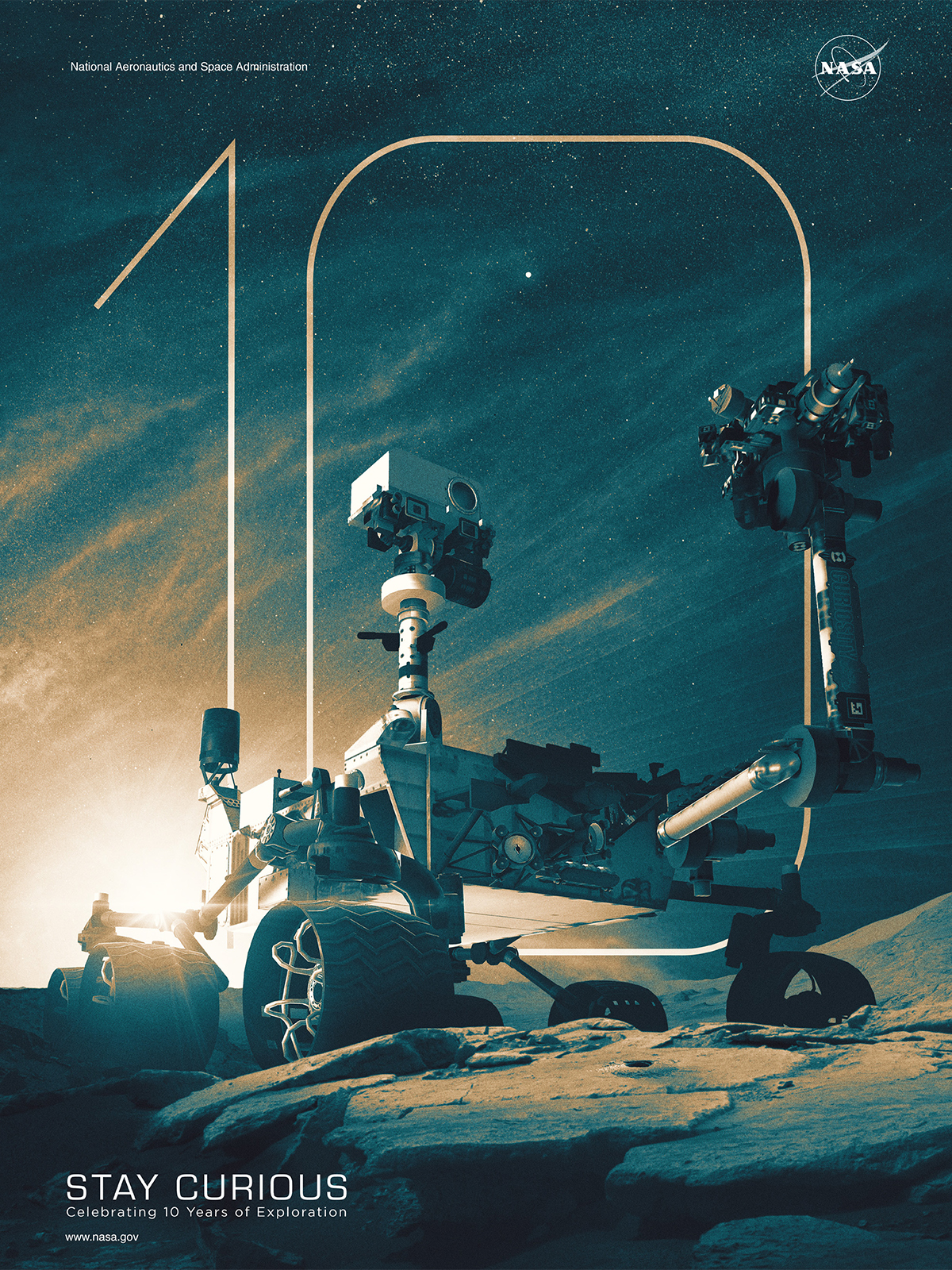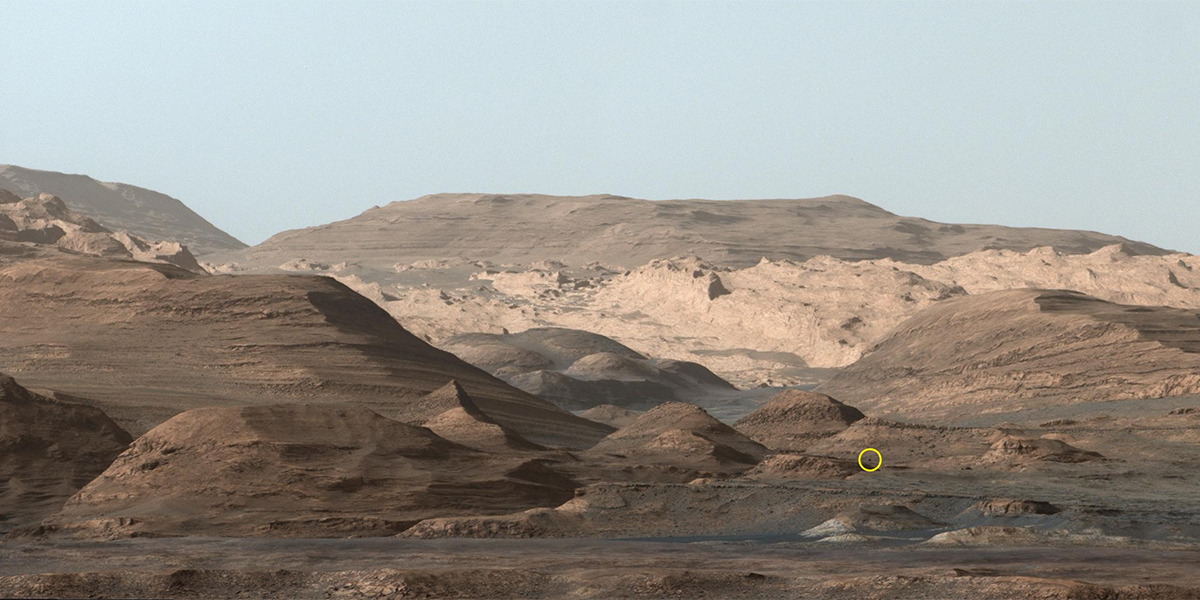
The Third Estate Sunday Review focuses on politics and culture. We're an online magazine. We don't play nice and we don't kiss butt. In the words of Tuesday Weld: "I do not ever want to be a huge star. Do you think I want a success? I refused "Bonnie and Clyde" because I was nursing at the time but also because deep down I knew that it was going to be a huge success. The same was true of "Bob and Carol and Fred and Sue" or whatever it was called. It reeked of success."


It's a rare week that passes where POLITIFACT -- a partisan website -- isn't the laughingstock of the world as they bend over backwards to, for example, portray a lie out of Joe Biden's mouth as something other than a lie. The same courtesy is never extended to a Republican..
GOOGLE and other idiotic corporations want to lose objectivity and ride on the 'Feeling Groovy' Democratic Party bandwagon.
There is a need for fact checking. The main reason for that isn't politicians. Yes, they are natural born liars. But the main reason for fact checking is lazy and stupid journalists who think they know enough to write something. On what would have been the late Judy Garland's 100th birthday, a number of journalists rushed to weigh in and, as Kat noted in " "Kat's Korner: JUDY IN LOVE -- an artistic masterpiece," they just sported their stupidity.
If we had the time, every week, we'd be offering fact checks on journalists -- 20 to 30 a week because that is how stupid and lazy they are.
Doubt it?
Carole King. Singer-songwriter. A songwriter of over 40 hit songs prior to becoming part of the singer-songwriter movement of the 70s. Responsible for more classics than most people could name on a game show off the top of their head.
She's a legend.
Why can't people get the facts right?
Forget that, let's zoom in on an outlet. PBS. Taxpayer money pays for their lying.
Tom Casciato wrote "Why doesn’t anyone talk about Carole King’s other No. 1 album (including her)?" and there are so many problems with it.
See if you can spot why Tom Casciato should never be allowed to write about popular music in the paragraph below;
Music fans old enough to remember 1971 can be forgiven if they remember it as the year of Carole King. That was the year, after all, when the “Tapestry” hurricane hit American culture – hit and never really left. 14 million units sold, four Grammy awards, two No. 1 singles (“It’s Too Late” and “So Far Away”), 25th on Rolling Stone’s list of the all-time greatest albums – you get the point. When its 50th anniversary came around this year, it was rightly hailed by Esquire as “an enduring reminder of how art can stay engrained in our cultural consciousness.”
You see the problems?
First off, "So Far Away" wasn't a number one hit. Not even on CASHBOX -- a US publication largely forgotten today but whose chart rivaled BILLBOARD's chart in real time. On BILLBOARD, "So Far Away" did make it to number 14 on the pop chart and to number 3 on the adult contemporary chart.
So Carole didn't have two number one songs from TAPESTRY?
No, she did.
"I Feel The Earth Move." That's what the idiot forgets. "I Feel The Earth Move" is known for being an incredibly well written song, it's considered the definitive example of prosody and is frequently taught in composition classes for that reason.
It went to number one.
Stupid idiots at PBS apparently never heard of the double-A single. It's when both sides go number one -- the A-side and the B-side. This doesn't happen very often, but it does happen. The Beatles had number ones with the double-sided single "Come Together" and "Something." It can also be called a "dual single" and an "AA side." Along with Carole and the Beatles, other artists having a double-sided hit include Brenda Lee, Nat King Cole, Fats Domino, the Beach Boys and Connie Francis.
So that's a problem.
Then the idiot wants you to know about "Carole King's other number one album" -- he means MUSIC and he writes, "Released just in time for Christmas, it hit the top of the charts by January of ’72, and went on to become another platinum seller, the second most popular album of her stellar career."
Is it the second most popular album of her stellar career. It's certified with a million -- some in shipping, some in sales. What about HER GREATEST HITS SONGS OF LONG AGO. Exactly how he is determining that MUSIC is more popular than that collection since both are certified platinum. Both can claim a million copies. How is he determining that MUSIC is more popular?
PBS wants you to know that "Tom Casciato is a documentary filmmaker and a Special Correspondent for PBS NewsHour Weekend." Apparently, his credit as "f**king idiot" is only to be implied.
By the way, if you think we've been too hard on the liar, his piece is entitled "Why doesn’t anyone talk about Carole King’s other No. 1 album (including her)?"
Did you not see the problem with that? That's fine as long as you don't self-present as qualified to weigh in on music. But if, like Idiot Tom, you do self-present that way, then you have a huge problem.
TAPESTRY went to number one (for weeks). As did MUSIC.
But, and here's the thing, so did 1974's WRAP AROUND JOY. Yes, Carole has three albums that hit number one on BILLBOARD's TOP 200 albums chart.
Tom's pathetic errors went up at the PBS website -- under AMERICAN MASTERS -- on March 24, 2021. PBS has refused to correct his article to this day.
They don't correct their errors. Ever. And they don't require anyone to be factual when writing about music. Which is how you get Harvey Kubernik's "Carole King's Monumental TAPESTRY Album" published at PBS' website February 15, 2011.
Harvey lies, "Sedaka also introduced Carole King and Gerry Goffin to Don Kirshner, who helmed a publishing company, Aldon Music, with Al Nevins. King and Goffin subsequently worked with Nevins and Kirshner’s Aldon Music (in the Brill Building)."
No, Harvey, just no.
PBS might let you lie, but we're not going to. From RUSS & GARY'S "THE BEST YEARS OF MUSIC:"
An interview with American pop music songwriter Toni Wine by Song Facts (SF):
Toni: There were really two huge buildings that were housing publishing companies, songwriters, record labels, and artists. The Brill Building was one. But truthfully, most of your R&B, really rock & roll labels and publishing companies, including the studio, which was in the basement and was called Allegro Studios, was in 1650 Broadway.
SF: But you were associated with the Brill Building?
Toni: Well, music from those days, people kind of condensed the area to the Brill Building area. That always bothered me, because the Brill Building is its own building and 1650 is its own building. It’s New York City… there are lots of streets, but these two buildings happened to be, basically, diagonally from each other. And the Brill Building housed different organizations. They were more of the Tin Pan Alley building. According to a lot of interviews and a lot of stories, they say that all the music was in the Brill Building. We weren’t. We were in 1650. Carole King, Barry Mann, Gerry Goffin, Cynthia Weil, Howie Greenfield, myself, and tons of people, a lot of times are written as being housed in the Brill Building. We weren’t. We were in 1650 Broadway.
SF: I guess what I’m getting at is the songwriters were not associated with each other in those two buildings. So it’s not like you would get sent over to one building from the other or anything.
Toni: No. Wherever their companies were, that’s where they were basically housed. I mean, we all loved each other, we were all brothers and sisters going to each other’s offices. We just didn’t work in each other’s offices. And a lot of people refer to the Brill Building, because the Brill Building has gotten great publicity, where 1650 did not get great publicity. But boy, we had a lot of music coming out of there.
Who you gonna believe -- a PBS liar or Toni Wine who co-wrote the eternal classic "A Groovy Kind Of Love" and worked in the same building as Carole King?
Each year, people are born and people die. Reader Troy Montgomery
e-mailed noting that many community sites note passings and thought we
could keep a running link page on that. That's a good idea. We'll try
to include this in future editions this year as sites cover additional
deaths. You'll note a lot of links go to Ruth because she tends to
cover passings more than anyone else in the community. The list may not
be complete and the only order for the first twelve is the order of
what we remembered while we were doing this -- the order we remembered
the deaths in.
1) Sally Kellerman -- see Ruth's "Sally Kellerman"
2) Ronnie Spector -- see Betty's "Ronnie Specter," Ruth's "Ronnie Spector" and C.I.'s "Iraq snapshot"
2) Naomi Judd -- see Kat's "Grace Slick, Naomi Judd," "One more time honoring Naomi Judd" and "Naomi Judd"
3) Sidney Poitier -- see Betty's "A great actor passed -- not a great person, not a great lover, not a great activist"
4) Ray Liotta -- see Ruth's "Ray Liotta"
5) Peter Bogdanovich -- see Stan's "Peter Bogdonavich"
6) Andy Fletcher -- see Kat's "Andy Fletcher"
7) Bo Hopkins -- see Ruth's "Bo Hopkins"
8) William Hurt -- see Ann's "Not sure if I believe Marlee Matlin now"
9) Meat Loaf -- see Kat's "Meat Loaf"
10) Howard Hessman -- see Ruth's "Howard Hessman"
11) Rosa Lee Hawkins -- see Ruth's "Rosa Lee Hawkins"
12) Dwayne Hickman -- see Ruth's "Dwayne Hickman"
13) William Hart -- see Ruth's "William Hart of The Deflonics has passed away"
14) Mark Shields -- see Ruth's "Mark Shields"
15) Nichelle Nichols -- see Ruth's "Nichelle Nichols"
16) Bob Rafelson -- see Ruth's "Bob Rafelson has passed away"
17) Olivia Newton John -- see Kat's "Olivia Newton-John"

‘Curiosity's 360-Degree Panorama of 'Avanavero' Drill Site: NASA’s Curiosity Mars rover used its Mast Camera, or Mastcam, to take this 360-degree panorama of at the “Avanavero” drill site. The panorama is made up of 127 individual images taken on June 20, 2022, the 3,509th Martian day, or sol, of the mission, and stitched together back on Earth. The color has been adjusted to match the lighting conditions as the human eye would perceive them on Earth. Credits: NASA/JPL-Caltech/MSSS. Download image ›
Despite signs of wear, the intrepid spacecraft is about to start an exciting new chapter of its mission as it climbs a Martian mountain.
Ten years ago today, a jetpack lowered NASA’s Curiosity rover onto the Red Planet, beginning the SUV-size explorer’s pursuit of evidence that, billions of years ago, Mars had the conditions needed to support microscopic life.
Since then, Curiosity has driven nearly 18 miles (29 kilometers) and ascended 2,050 feet (625 meters) as it explores Gale Crater and the foothills of Mount Sharp within it. The rover has analyzed 41 rock and soil samples, relying on a suite of science instruments to learn what they reveal about Earth’s rocky sibling. And it’s pushed a team of engineers to devise ways to minimize wear and tear and keep the rover rolling: In fact, Curiosity’s mission was recently extended for another three years, allowing it to continue among NASA’s fleet of important astrobiological missions.

A Bounty of Science
It’s been a busy decade. Curiosity has studied the Red Planet’s skies, capturing images of shining clouds and drifting moons. The rover’s radiation sensor lets scientists measure the amount of high-energy radiation future astronauts would be exposed to on the Martian surface, helping NASA figure out how to keep them safe.
But most important, Curiosity has determined that liquid water as well as the chemical building blocks and nutrients needed for supporting life were present for at least tens of millions of years in Gale Crater. The crater once held a lake, the size of which waxed and waned over time. Each layer higher up on Mount Sharp serves as a record of a more recent era of Mars’ environment.
Now, the intrepid rover is driving through a canyon that marks the transition to a new region, one thought to have formed as water was drying out, leaving behind salty minerals called sulfates.
“We’re seeing evidence of dramatic changes in the ancient Martian climate,” said Ashwin Vasavada, Curiosity’s project scientist at NASA’s Jet Propulsion Laboratory in Southern California. “The question now is whether the habitable conditions that Curiosity has found up to now persisted through these changes. Did they disappear, never to return, or did they come and go over millions of years?”
Curiosity has made striking progress up the mountain. Back in 2015, the team captured a “postcard” image of distant buttes. A mere speck within that image is a Curiosity-size boulder nicknamed “Ilha Novo Destino” – and, nearly seven years later, the rover trundled by it last month on the way to the sulfate-bearing region.
The team plans to spend the next few years exploring the sulfate-rich area. Within it, they have targets in mind like the Gediz Vallis channel, which may have formed during a flood late in Mount Sharp’s history, and large cemented fractures that show the effects of groundwater higher up the mountain.

How to Keep a Rover on a Roll
What’s Curiosity’s secret to maintaining an active lifestyle at the ripe old age of 10? A team of hundreds of dedicated engineers, of course, working both in person at JPL and remotely from home.
They catalog each and every crack in the wheels, test every line of computer code before it’s beamed into space, and drill into endless rock samples in JPL’s Mars Yard, ensuring Curiosity can safely do the same.
“As soon as you land on Mars, everything you do is based on the fact that there’s no one around to repair it for 100 million miles,” said Andy Mishkin, Curiosity’s acting project manager at JPL. “It’s all about making intelligent use of what’s already on your rover.”
Curiosity’s robotic drilling process, for example, has been reinvented multiple times since landing. At one point, the drill was offline for more than a year as engineers redesigned its use to be more like a handheld drill. More recently, a set of braking mechanisms that allow the robotic arm to move or stay in place stopped working. Although the arm has been operating as usual since engineers engaged a set of spares, the team has also learned to drill more gently to preserve the new brakes.
To minimize damage to the wheels, engineers keep an eye out for treacherous spots like the knife-edged “gator-back” terrain they recently discovered, and they developed a traction-control algorithm to help as well.
The team has taken a similar approach to managing the rover’s slowly diminishing power. Curiosity relies on a long-lived nuclear-powered battery rather than solar panels to keep on rolling. As the plutonium pellets in the battery decay, they generate heat that the rover converts into power. Because of the pellets’ gradual decay, the rover can’t do quite as much in a day as it did during its first year.
Mishkin said the team is continuing to budget how much energy the rover uses each day, and has figured out which activities can be done in parallel to optimize the energy available to the rover. “Curiosity is definitely doing more multitasking where it’s safe to do so,” Mishkin added.
Through careful planning and engineering hacks, the team has every expectation the plucky rover still has years of exploring to ahead of it.
More About the Mission
JPL, a division of Caltech in Pasadena, built Curiosity for NASA and leads the mission on behalf of the agency’s Science Mission Directorate in Washington.
For more about Curiosity, visit:
http://mars.nasa.gov/msl and https://www.nasa.gov/mission_pages/msl/index.html
News Media Contacts
Andrew Good
Jet Propulsion Laboratory, Pasadena, Calif.
818-393-2433
andrew.c.good@jpl.nasa.gov
Karen Fox / Alana Johnson
NASA Headquarters, Washington
301-286-6284 / 202-358-1501
karen.c.fox@nasa.gov / alana.r.johnson@nasa.gov